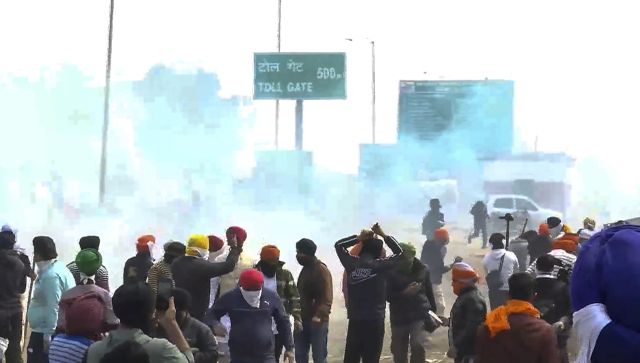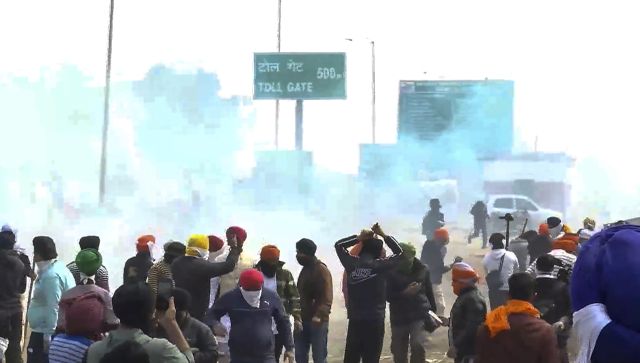New Delhi: The National Capital is choking on toxic air and 183 days of 2019 witnessed poor and severe air quality that endangered millions of lives. Since the Parliamentary Standing Committee on Urban Development decided to hear the views of representatives from the state governments of Punjab, Haryana, Uttar Pradesh and Delhi on air pollution and the role of municipal corporations, DDA, CPWD etc in reducing air pollution, the Centre and state machinery have been examining the ground reality on a warfooting. The hazardous air quality in Delhi last year had triggered a political storm and the Prime Minister’s Office (PMO) had stepped in to review measures to curb air pollution.
Firstpost has learnt that a draft prepared by the Delhi Pollution Control Committee (DPCC) has been sent to the urban development ministry and other stakeholders, and a response has been sought in order to prepare the final submission to the parliamentary panel headed by BJP MP Jagdambika Pal for an upcoming meeting. The draft note with the ministry, reviewed by Firstpost, claimed that in 2019, air quality was poor for at least 103 days and severe for 80 — a total of 183 days of suffering for Delhi’s residents.
“In 2019, although the number of moderate and poor days was significantly higher than previous years and the number of ‘very poor’ and ‘severe’ days was lower indicating that the overall Air Quality Index was improving steadily, the situation deteriorated due to stubble-burning in states (Punjab, Haryana, Uttar Pradesh) beyond the control of the Government of Delhi,” the draft sent to the ministry said.
According to the draft, the number of ‘satisfactory’ and ‘moderate’ days in 2017 were 46 and 106 respectively, while in 2018, the corresponding figures were 53 and 106 respectively. The number of ‘satisfactory’ and ‘moderate’ days further increased to 61 and 121 respectively in 2019.
“At the same time, the number of ‘poor’ and ‘very poor and severe’ days — 114 and 97 respectively in 2017 — have come down to 103 and 80 in 2019, which also indicates that bad air quality days are coming down. The number of ‘severe’ days in 2019 are mainly in the months of November of December, and may have been the result of trans-boundary movement of pollutants due to stubble-burning from the neighbouring states and adverse meteorological conditions preventing dispersion of pollutants,” the draft note further observed.
The government has also claimed that due to prevalent air pollution levels in Delhi, 325 industrial units which were using fuels other than Piped Natural Gas (PNG) have been closed own and they have been directed to switch over to PNG at the earliest before resuming operations. The government had identified 1,491 pollutant industrial units and of these, 1,166 units have already converted to PNG. The note claims that the Delhi government is addressing issues across various sectors like solid waste management, augmentation of public transportation networks, improved fuel quality, dust control measures, prevention of garbage burning etc to protect public health.
The daily solid waste generation in Delhi is around 10,512 tonnes per day and unattended construction and demolition waste is approximately 3,900 tonnes per day. The draft note said that a substantial part of the budget has been earmarked for implementing various projects to address the source of air pollution. Among the obstacles to control toxic air, the draft has pointed out two critical issues — growing population due to migration from neighbouring states. which it pegged at around five lakh per year and the geographic location of the National Capital.
The draft note said that while calm wind conditions prevent the dissipation of pollutant emissions, the temperature inversion layer tends to trap pollution, thereby increasing the observed pollutant concentrations and since the Indo-Gangetic plain is landlocked, the Himalayas prevent polluted air from escaping to the North creating the so-called ‘Valley Effect’.
The draft note further said the steep increase in demand for public transport, housing, education, health care has been impacting the natural resources and thus the adverse effect on air quality is evident.
“The various measures being undertaken by the government are not able to offset this adverse impact completely,” the draft note added.


)




)
)
)
)
)
)
)
)